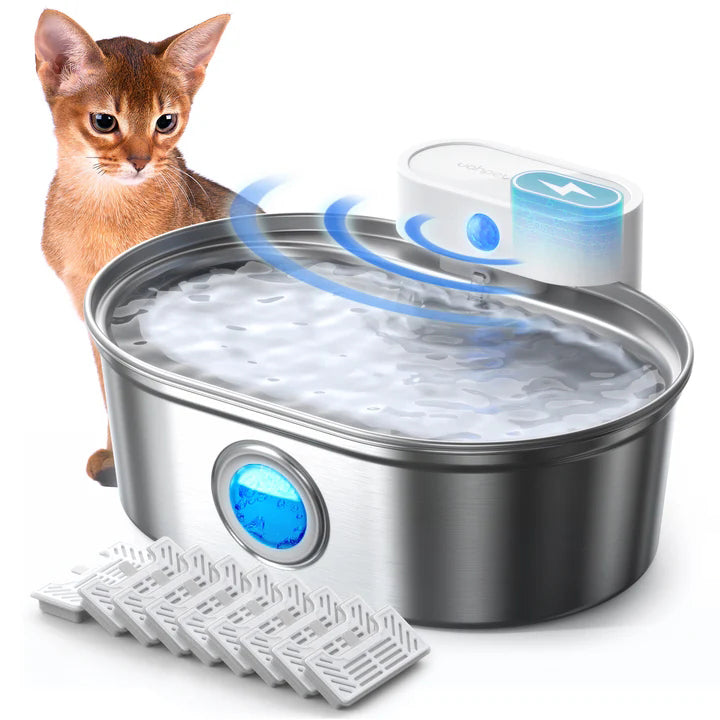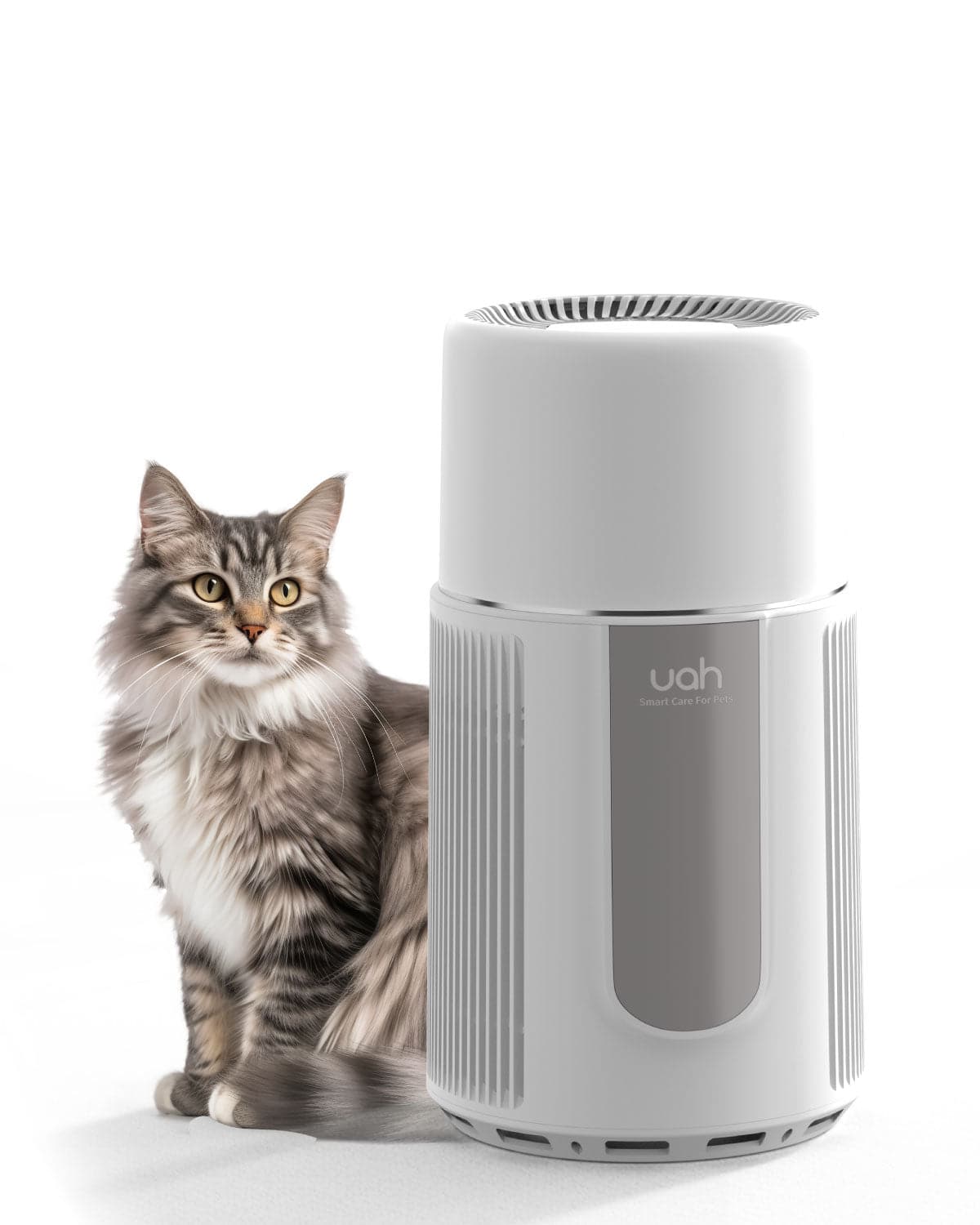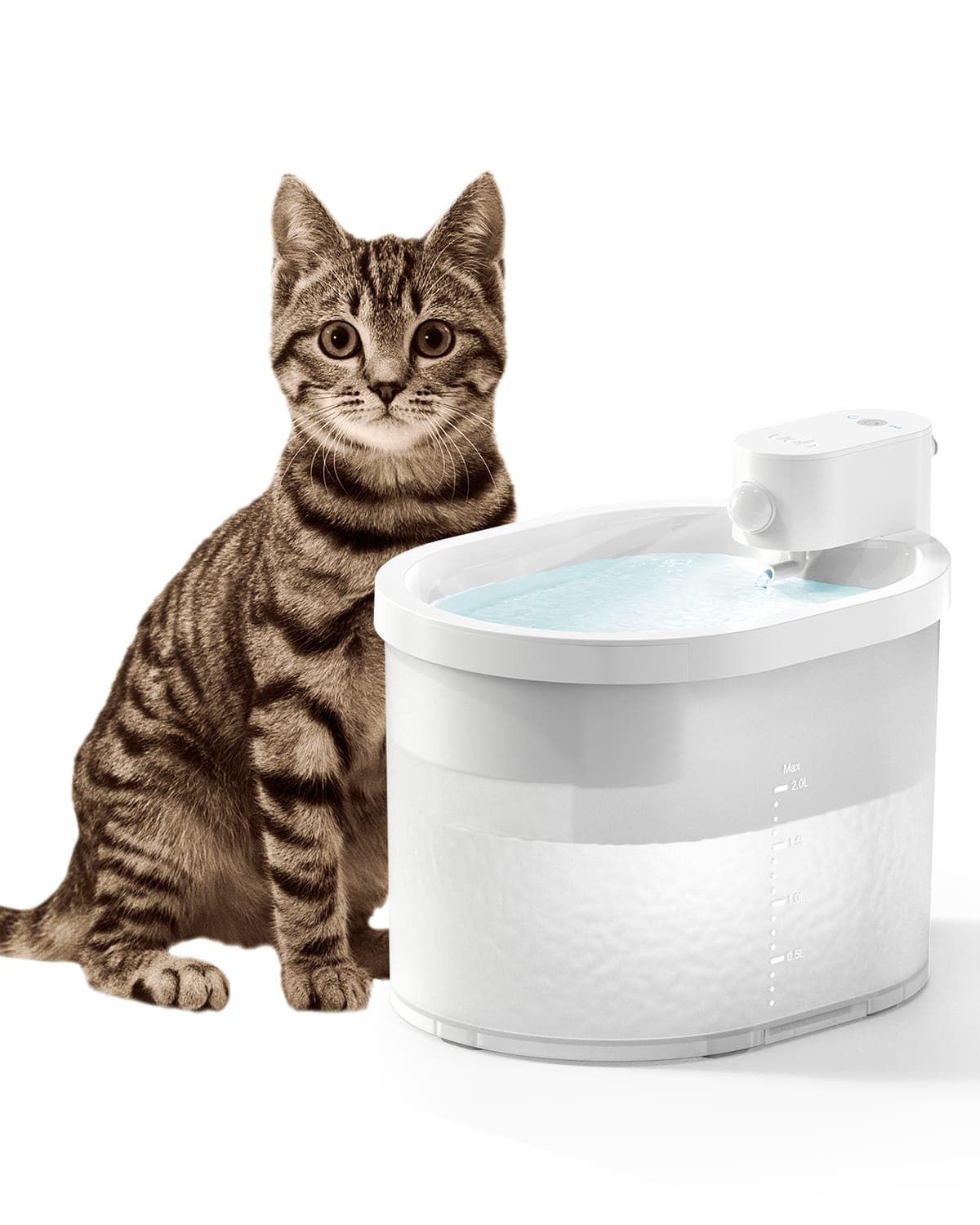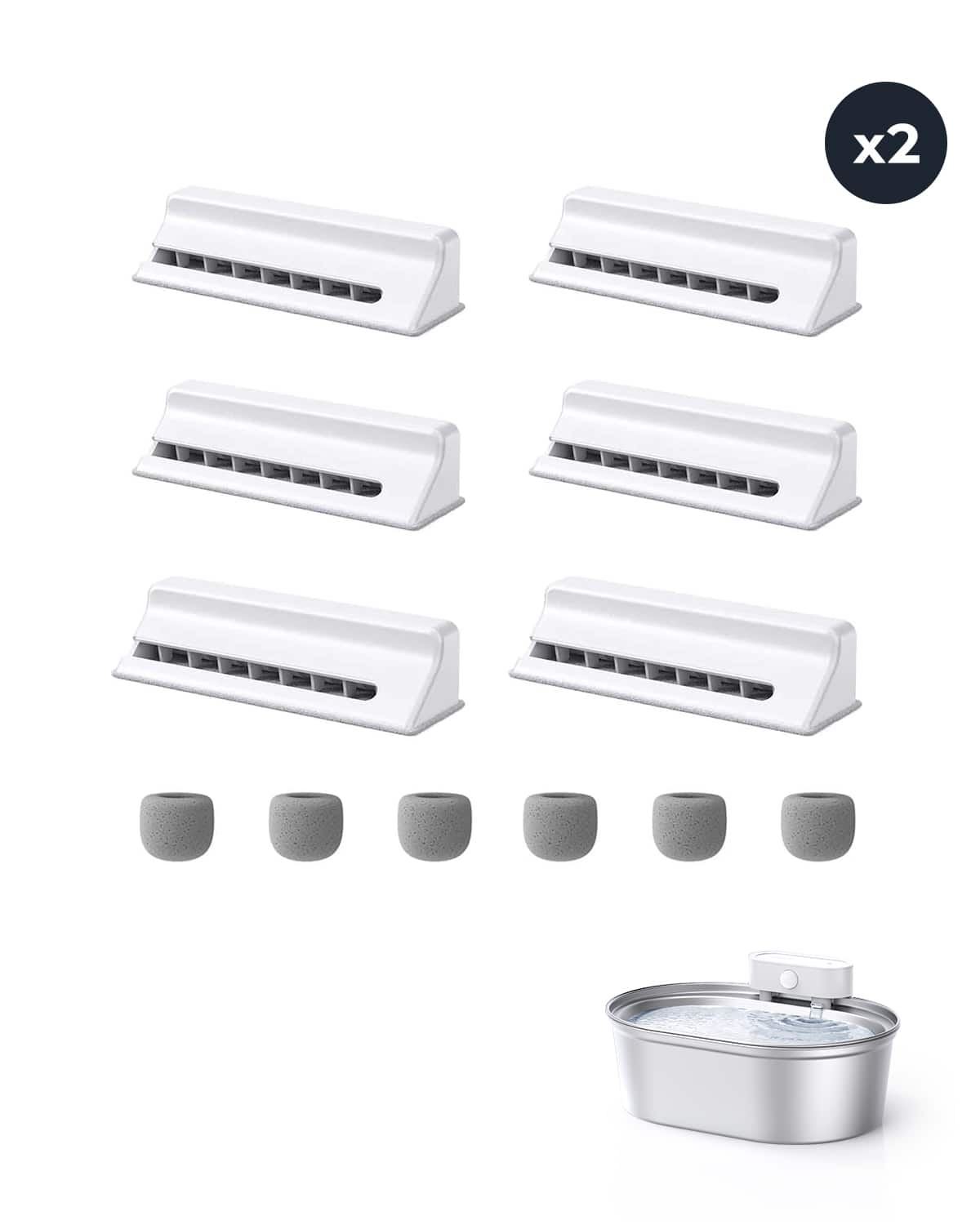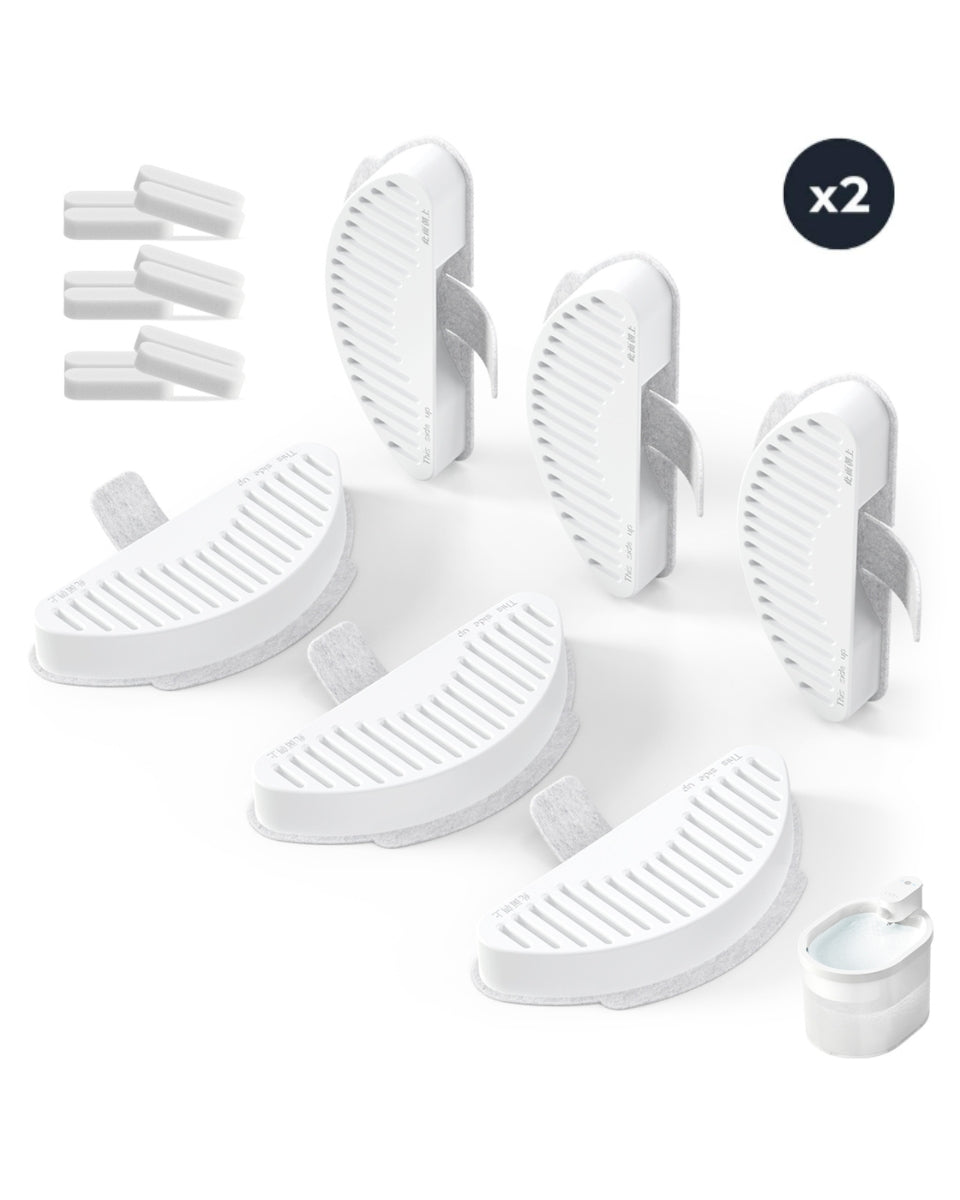When it comes to ensuring the safety and well-being of your pets, understanding the ozone settings on your air purifier is crucial. Ozone, a molecule composed of three oxygen atoms, can be both beneficial and harmful depending on its concentration. While it can effectively neutralize odors and kill airborne pathogens, high levels of ozone can pose serious health risks to both humans and animals. This article delves into the specifics of what ozone setting is safe for pets on air purifiers, providing you with the knowledge to make informed decisions for your household.
Understanding Ozone and Its Effects
Ozone is a powerful oxidant that can break down pollutants and eliminate odors. However, when inhaled in large quantities, it can cause respiratory issues, eye irritation, and other health problems. Pets, particularly those with pre-existing respiratory conditions, are especially vulnerable to the adverse effects of ozone. Therefore, it is essential to understand the different ozone settings available on air purifiers and how they can impact your pets.
Low Ozone Settings: The Safest Option
For households with pets, the safest ozone setting on an air purifier is the lowest possible level. Many air purifiers come with adjustable ozone settings, allowing you to control the amount of ozone emitted. A low ozone setting minimizes the risk of respiratory issues while still providing some of the benefits of ozone, such as odor elimination. Always refer to the manufacturer's guidelines to determine the appropriate low ozone setting for your specific air purifier model.
Monitoring Ozone Levels
Even with a low ozone setting, it is important to monitor the ozone levels in your home. Some air purifiers come equipped with built-in sensors that measure ozone concentration, providing real-time feedback. If your air purifier does not have this feature, consider investing in a separate ozone monitor. Keeping ozone levels below 0.05 parts per million (ppm) is generally considered safe for pets and humans alike.
Signs of Ozone Overexposure in Pets
Being aware of the signs of ozone overexposure can help you take immediate action if necessary. Symptoms to watch for include coughing, sneezing, difficulty breathing, and excessive eye or nasal discharge. If you notice any of these signs, turn off the air purifier and ventilate the area immediately. Consult your veterinarian if symptoms persist or worsen.
Alternative Air Purification Methods
If you are concerned about the potential risks of ozone, consider alternative air purification methods that do not emit ozone. High-efficiency particulate air (HEPA) filters, activated carbon filters, and ultraviolet (UV) light purifiers are effective options that can improve indoor air quality without the associated risks of ozone. These methods are particularly beneficial for households with pets, as they provide a safer environment for your furry friends.
Maintaining a Healthy Environment
In addition to using an air purifier, there are several other steps you can take to maintain a healthy environment for your pets. Regular cleaning, proper ventilation, and minimizing the use of chemical-based cleaning products can all contribute to better indoor air quality. By combining these practices with a safe ozone setting on your air purifier, you can create a safer and more comfortable living space for both you and your pets.
Ensuring the safety of your pets while using an air purifier requires a careful balance of effective air purification and minimal ozone exposure. By understanding what ozone setting is safe for pets on air purifiers and taking proactive measures to monitor and control ozone levels, you can protect your furry friends while enjoying the benefits of cleaner air. Always prioritize the health and well-being of your pets by choosing the safest options available and staying informed about the potential risks and benefits of ozone in your home.


